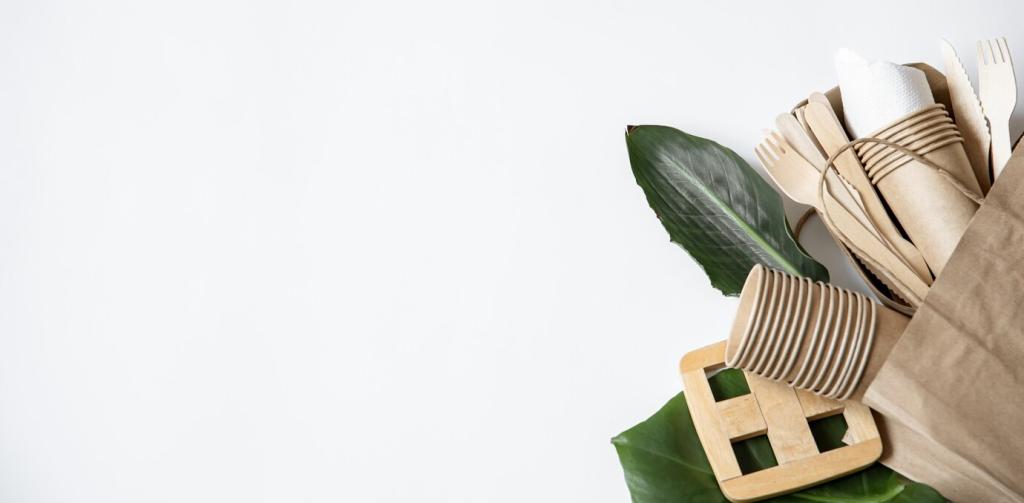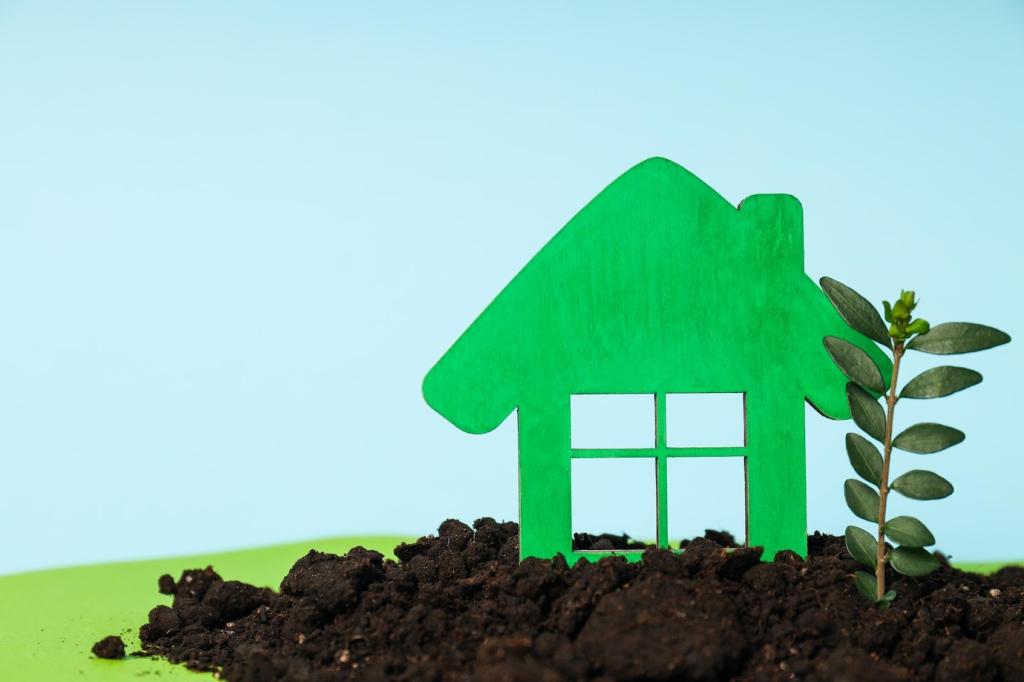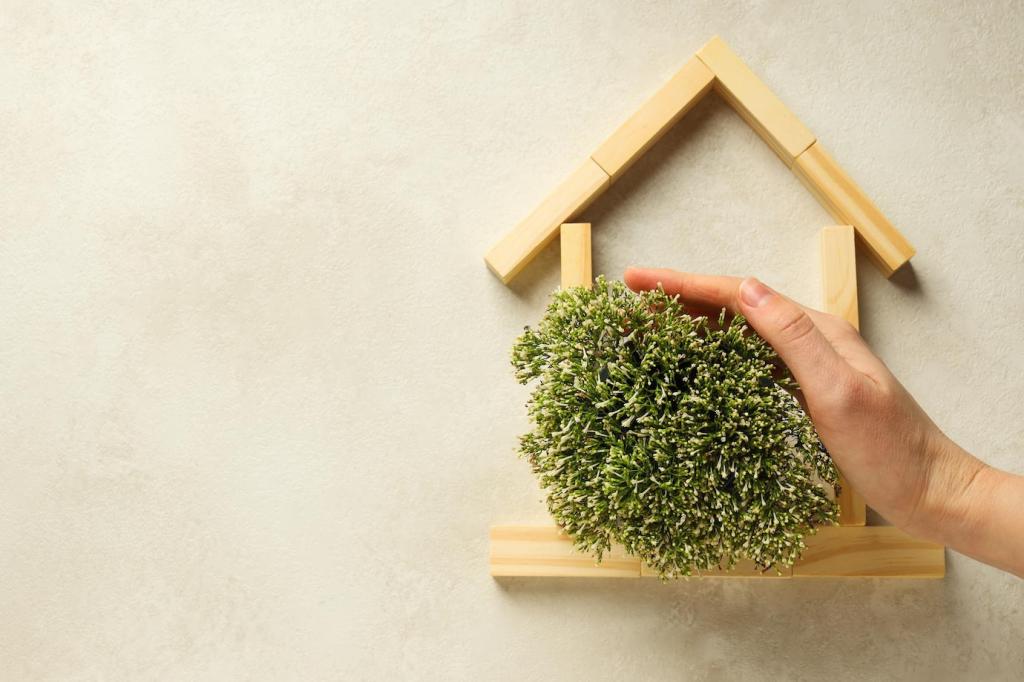Chosen theme: Organic Polishing Techniques for Wood. Step into a calmer, cleaner way of finishing wood that celebrates natural materials, honest craftsmanship, and a luminous sheen you can feel good about living with every day.
Why Choose Organic Wood Polishing
Breathable finishes that age gracefully
Organic finishes allow wood to breathe, moving with seasonal changes rather than cracking under stress. Over time they develop a warm patina, softening edges and deepening color. Share your favorite before-and-after transformations and tell us how your pieces have aged.
Safer workshops, healthier homes
Choosing plant-based oils, waxes, and shellac reduces harsh fumes and mystery additives. Your lungs, pets, and family will thank you. If you’re sensitive to chemicals, comment with your experiences and subscribe for more low-VOC techniques that still shine.
Sustainable ingredients with stories
From tung groves in Asia to beeswax harvested by small beekeepers, organic ingredients come with traceable origins. Knowing where your materials come from connects your craft to real places. Tell us which suppliers you trust and why you stick with them.
Preparing the Surface the Organic Way
A finely burnished card scraper can replace multiple dusty sanding steps, slicing fibers cleanly and leaving bright, level surfaces. The quieter rhythm encourages focus and care. Do you prefer scrapers or sanding? Share your approach and why it works for you.
Preparing the Surface the Organic Way
Lightly dampen the surface to raise fibers, then sand thoughtfully with the grain. This reduces fuzz under oil or shellac and keeps pores clean. What grit progression gives you perfect clarity? Add your sequence and help fellow readers refine theirs.
Preparing the Surface the Organic Way
Vacuum, brush, and use a slightly damp, lint-free cloth instead of sticky synthetic tack rags. Clean pores mean better adhesion and a clearer shine. Subscribe for our upcoming checklist on dust discipline for kitchen tables, guitars, and heirloom dressers.
Natural Oils That Cure Beautifully
Tung oil polymerizes into a tough, water-resistant network, ideal for table surfaces and everyday wear. Thin with citrus-based solvent if needed, and wipe off excess rigorously. Share your favorite curing schedule and how you balance depth of color with durability.

French Polishing with Shellac, Naturally Brilliant
Dissolve fresh shellac flakes in high-proof alcohol for clarity and quick build. A light one- to two-pound cut lets layers melt together. What flake color do you prefer for cherry or walnut? Subscribe for our chart of tones and pairing suggestions.

Beeswax and Carnauba: The Organic Topcoat
Gently melt beeswax in a double boiler, then stir in grated carnauba for hardness. Keep temperatures low and containers clean. Have a favorite ratio? Many swear by three parts beeswax to one part carnauba. Share yours and why it feels right under hand.

Organic Abrasives and Gentle Burnishing
Pumice vs. rottenstone, and when to use each
Pumice cuts quickly for leveling; rottenstone is ultra-fine for final bloom. Mix with oil or soapy water sparingly. Which grit numbers match your workflow? Encourage others by posting your step-by-step sequences and photos of your sheen transitions.


Slurry sanding with oil for pore refinement
Wet-sand with your chosen oil to create a wood-and-oil slurry that fills pores naturally. Wipe across the grain to seat it evenly. Tell us which species respond best for you, and whether you revisit with a second pass after partial curing.
Care, Repair, and Long-Term Maintenance
Clean gently, scuff with a fine pad if needed, then add a thin coat of oil or shellac. Finish with wax and a confident buff. Share your refresh routine and how often you revisit cutting boards, desktops, or stair rails through the seasons.
Care, Repair, and Long-Term Maintenance
Skip silicone sprays and harsh detergents. A lightly damp cloth, mild soap, and periodic re-waxing preserve clarity. What’s your trusted daily cleaner? Comment below, and subscribe for our short list of finish-safe, pantry-friendly cleaning solutions.


A True Story: The Elm Table That Learned to Shine Again
Listening to the wood before touching a bottle
We scraped gently, raised grain, and tested oils on hidden corners. Elm’s lively grain wanted clarity, not plastic gloss. What would you have tried first? Share your diagnosis process when confronting mystery finishes and stubborn old stains.
Shellac and pumice to the rescue
A fresh, dewaxed shellac cut built depth while pumice leveled pores. The first real reflection appeared on pass three, like sunrise through leaves. Have you had that moment? Tell us when a surface suddenly ‘clicked’ and your technique finally felt natural.
A finish worth gathering around
A beeswax-carnauba whisper sealed the glow. The table now hosts homework, tea rings that wipe away, and late-night stories. Subscribe for more organic polishing guides, and post your revived-heirloom photos so we can cheer your craftsmanship together.
